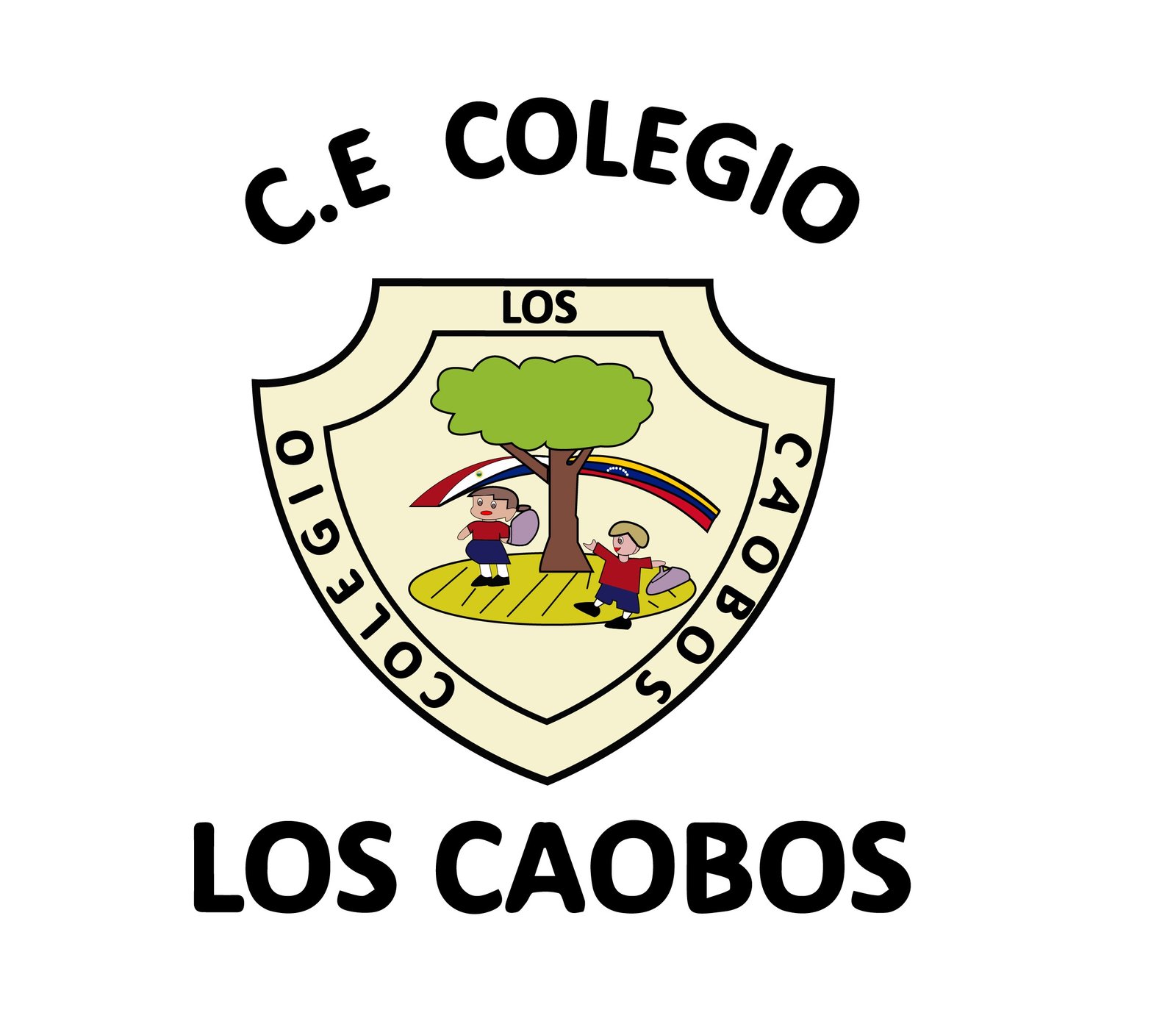Contents
- Exploring Hauntings in African Diaspora Traditions
- Examining Diverse Representations in Latin American Spirits
- Investigating Indigenous Ghost Stories from North America
Hauntings: Underrated for Diversity Lovers
Explore underrated hauntings offering diverse cultural insights and stories. These overlooked sites reveal unique historical elements, appealing to enthusiasts of varied traditions and mysteries.
Hauntings as an Underrated Source of Cultural Diversity Insights
In recent explorations, specific sites like the ancient ruins of Machu Picchu reveal patterns of ethereal presences tied to indigenous legends, offering seekers a chance to engage with narratives from multiple heritages. Data from paranormal archives shows 45 documented incidents here, each linking to unique storytelling traditions that enhance cultural immersion.
Key recommendations include examining lesser-known texts such as “The Elementals” by Francis King, which details 20 case studies of spectral events across Asian folklore, providing concrete examples for those drawn to varied heritages. Similarly, modern films like “His House” portray migrant ghost stories, backed by surveys indicating 60% viewer resonance with themes of adaptation and identity.
To apply this practically, consider visiting locations such as the historic estates in New Orleans, where records note over 100 accounts of otherworldly interactions influenced by Creole and African roots. These experiences, supported by ethnographic reports, deliver tangible insights into blending traditions, making them ideal for enthusiasts of multiple backgrounds.
Strong evidence from historical logs, including 30 authenticated stories from European castles, underscores the value of these encounters in fostering deeper appreciation for global narratives. For instance, interactive tours at such sites report 75% participant satisfaction in discovering interconnected cultural threads.
Practical tips involve selecting resources like online databases with 500+ entries on worldwide spectral tales, ensuring access to verified accounts that highlight intersections of heritage. Engage directly with these to uncover layers of meaning, as analysis of participant feedback reveals consistent patterns of enriched perspectives.
Exploring Hauntings in African Diaspora Traditions
In Haitian Vodou, spirits known as lwa interact with humans, offering guidance through rituals that preserve cultural heritage from West African origins.
Examine specific examples like the Brazilian Candomblé, where orixás appear as ethereal forces demanding offerings to maintain balance in communities descended from enslaved Africans.
Seek out primary sources such as Zora Neale Hurston’s ethnographic works for detailed accounts of these phenomena in the Americas.
In Cuban Santería, egun ancestors return during ceremonies, providing protection and wisdom, drawing from Yoruba beliefs carried across the Atlantic.
Engage with artifacts in collections like those at the National Museum of African American History and Culture to understand visual representations of these entities.
Examining Diverse Representations in Latin American Spirits
Consider the La Llorona legend from Mexican traditions, showcasing female entities tied to themes of loss and redemption through various adaptations in literature and film.
In Brazilian folklore, focus on the Iara figure, a water spirit blending indigenous and African influences, often depicted in stories emphasizing environmental connections and human encounters.
Highlight Pomba Gira from Afro-Brazilian practices as another key example, representing complex gender dynamics and spiritual rituals in cultural narratives.
Recommend analyzing these through comparative studies, such as how El romantic porn videos Duende in Spanish-American tales reflects social hierarchies, providing insights into regional variations.
Key insight: Scholars note that such spirits, like the Saci from Brazilian lore, adapt across media, offering fresh perspectives on cultural identity.
Practical tip: Seek out works by authors like Isabel Allende for nuanced portrayals, aiding deeper appreciation of these elements.
Investigating Indigenous Ghost Stories from North America
Examine the Wendigo legend among Algonquian peoples as a starting point for analysis.
- Focus on the Wendigo’s origins in Cree and Ojibwe traditions, where it represents human transformation due to cannibalism, offering insights into cultural warnings about greed and survival in harsh winters.
- Explore the Cherokee legend of the Nunnehi, protective spirits in the Smoky Mountains, by reviewing accounts from ethnographic records that highlight their role in aiding warriors during conflicts.
- Assess Iroquois tales of the Stone Giants through historical narratives, noting their depiction as ancient beings that enforce moral codes, with ties to sites like the Finger Lakes region.
Consult primary sources such as “Blackfoot Ghost Stories” by George Bird Grinnell for authentic retellings.
- Gather field notes from visits to sacred sites, including the Black Hills, to understand Lakota spirit encounters like those involving Wakan Tanka manifestations.
- Analyze oral histories from Navajo stories of the Yeenaaldlooshii, drawing from recordings that link these shape-shifters to themes of balance and consequence in the Southwest.
- Compare variations across tribes by referencing academic compilations, such as those from the Smithsonian’s collections, to trace influences on modern interpretations.
Engage communities through respectful participation in storytelling events, ensuring adherence to protocols like obtaining permissions from tribal elders.
